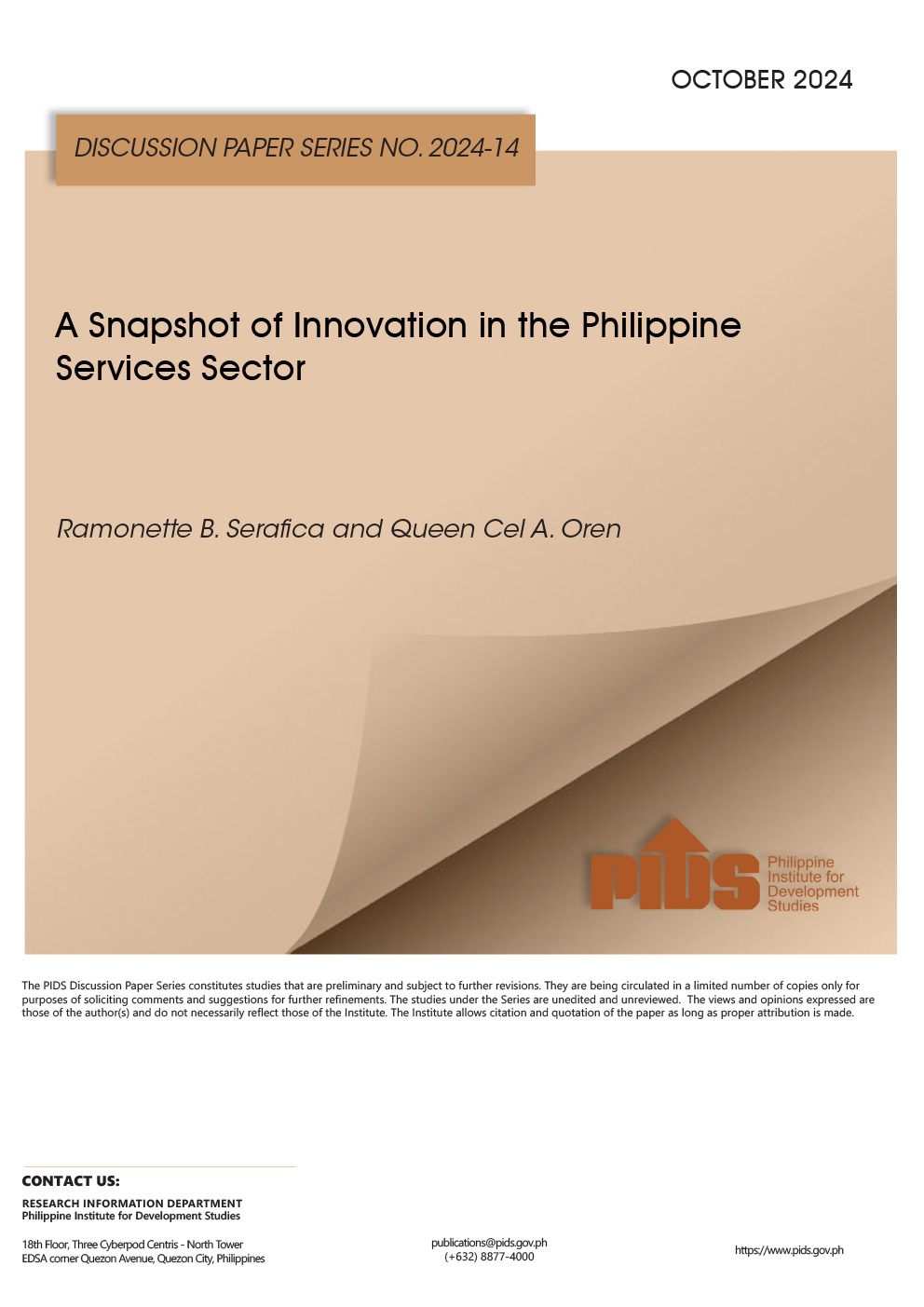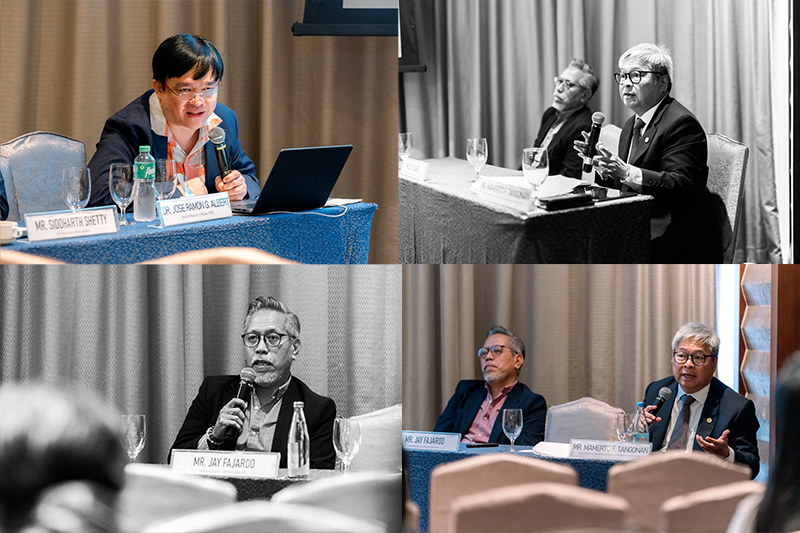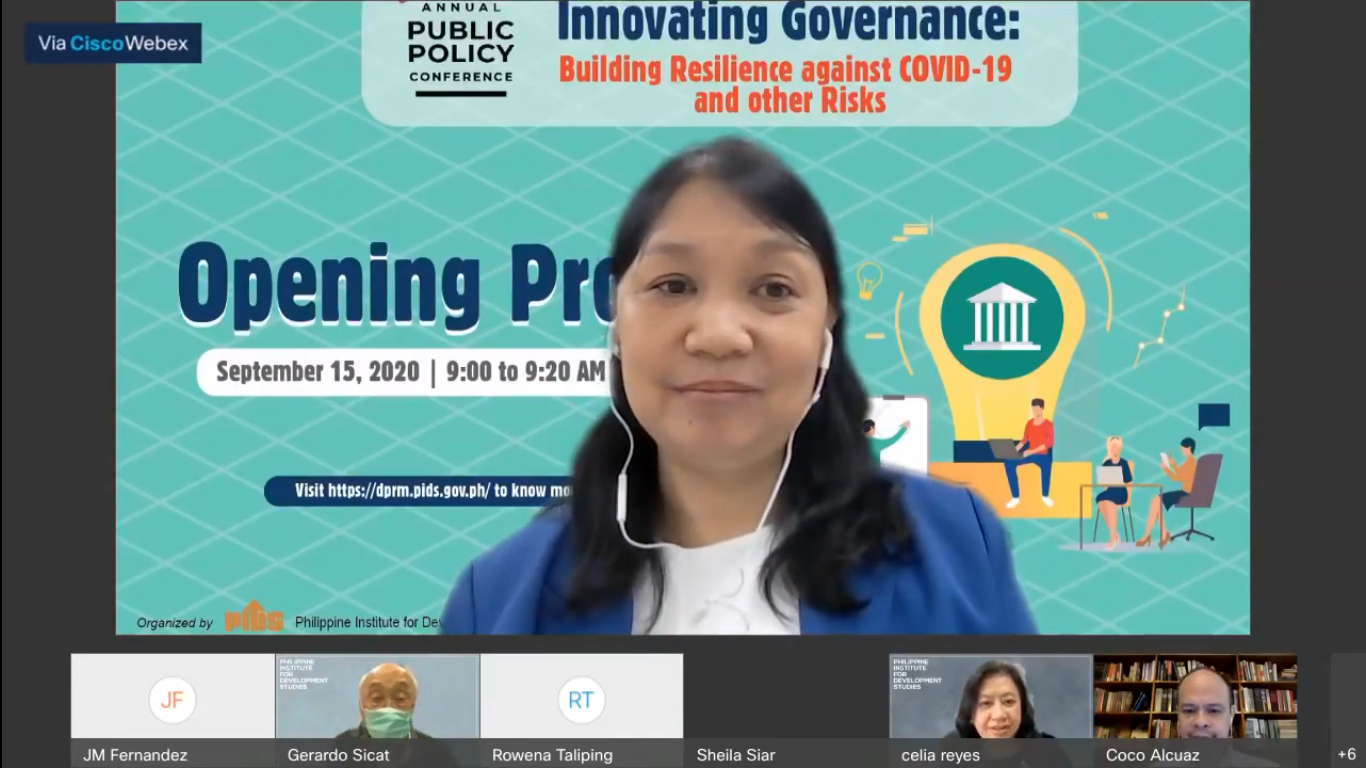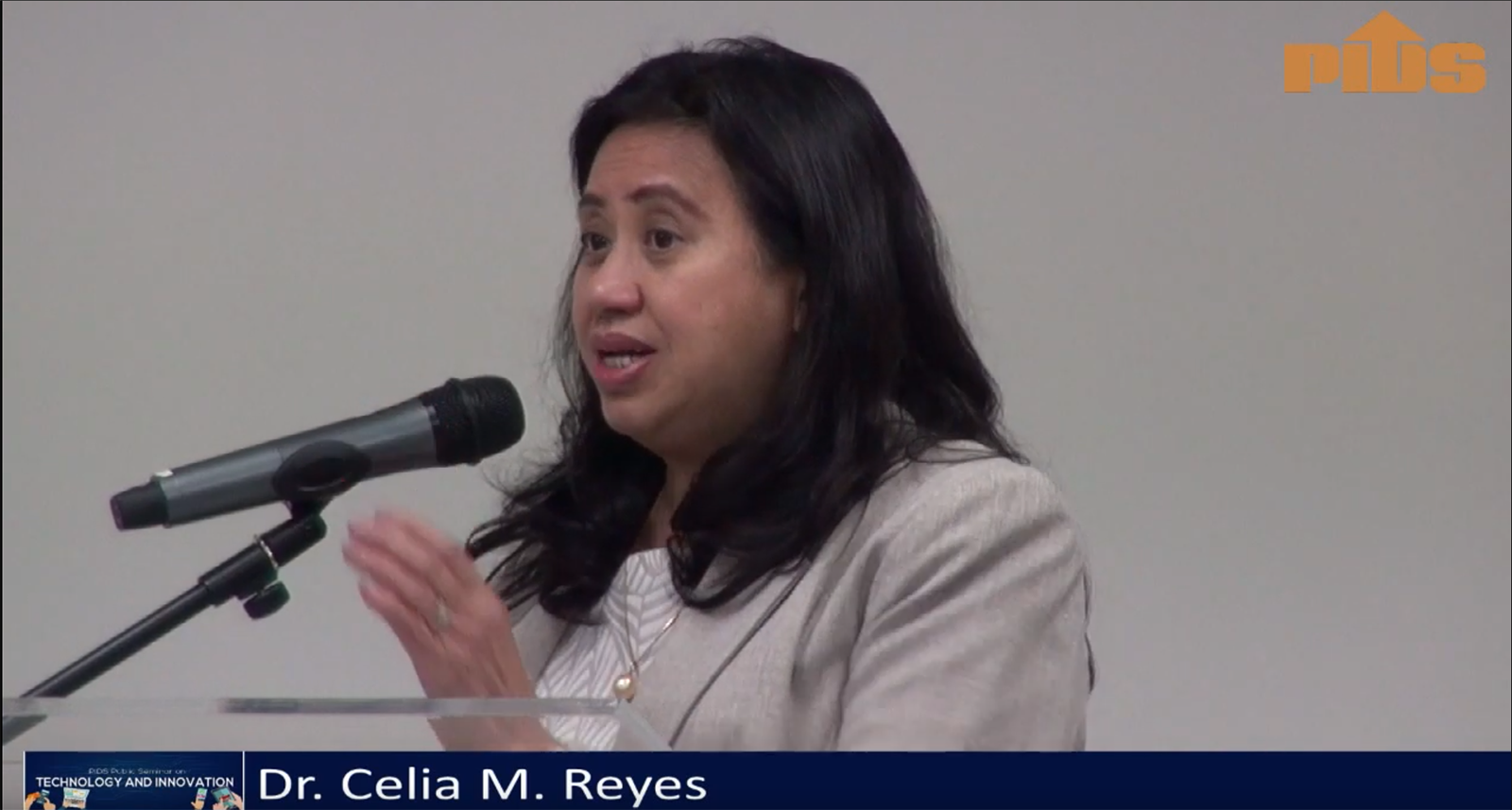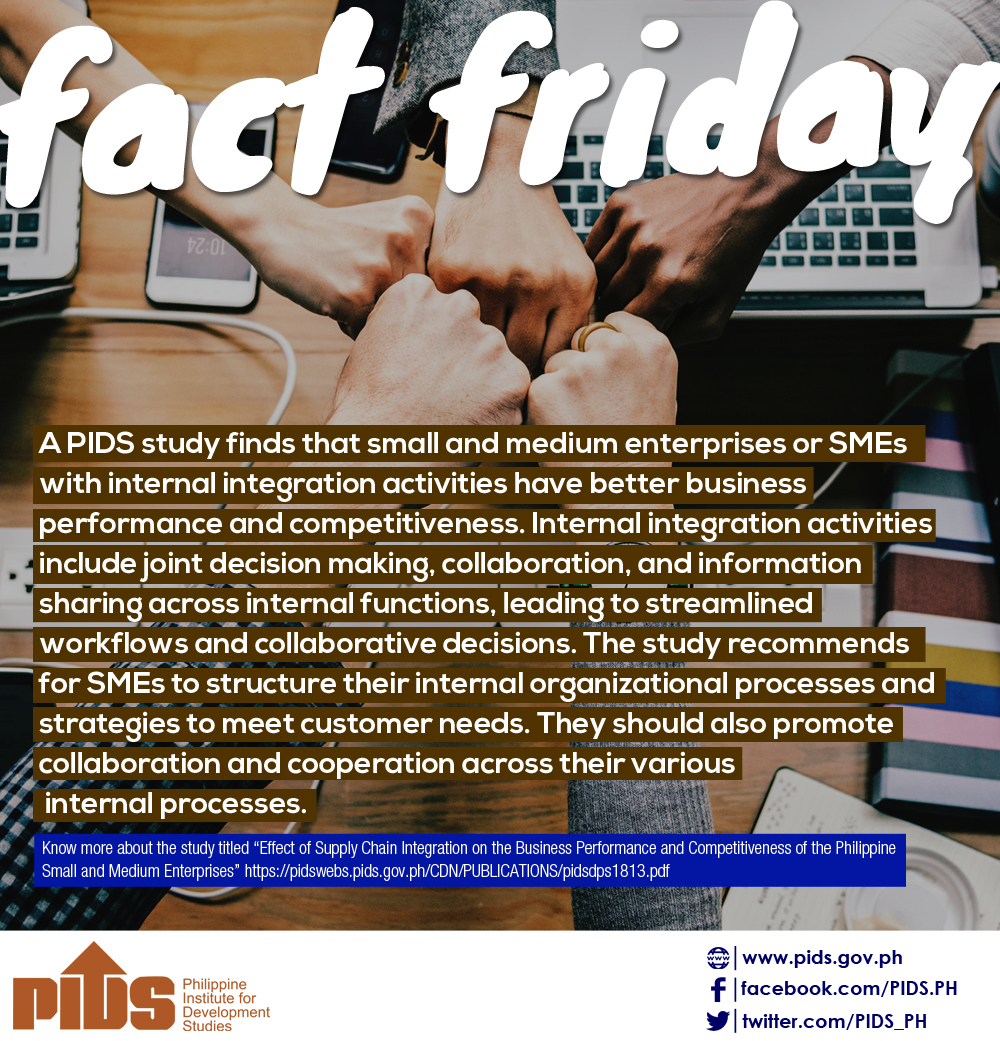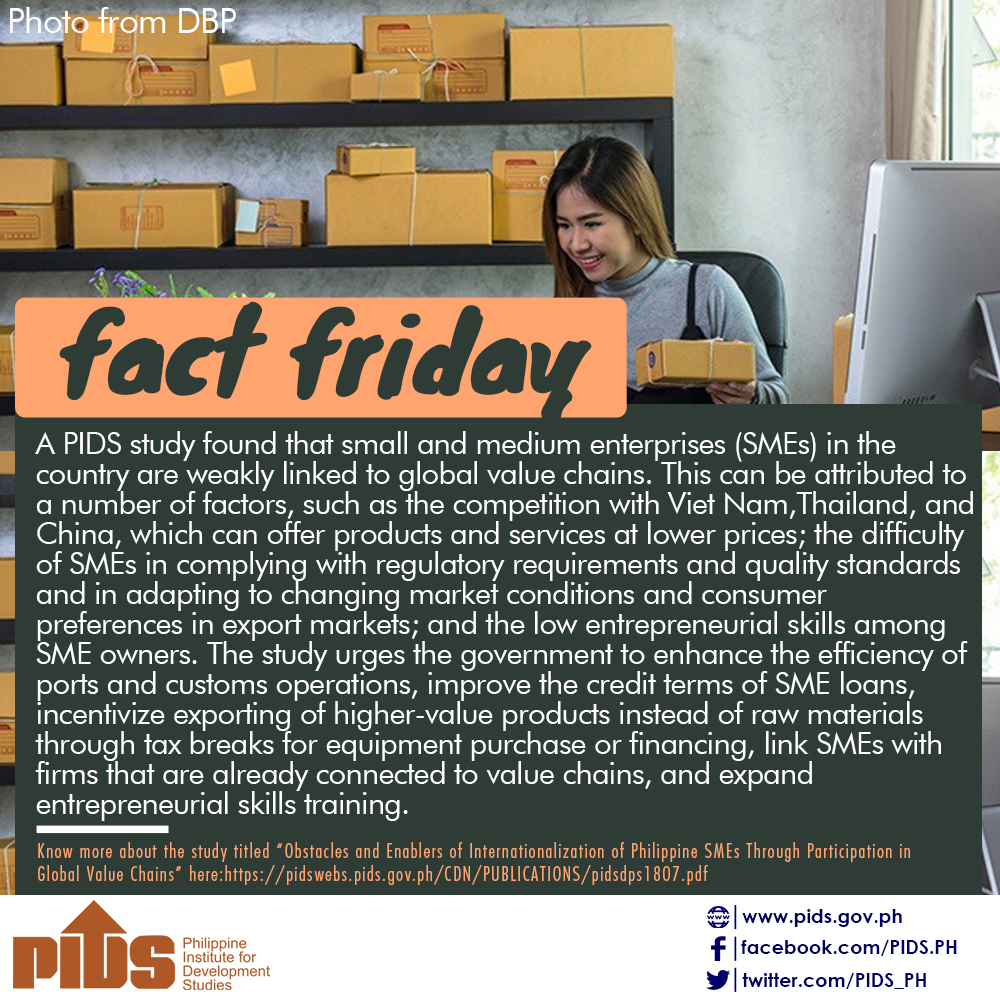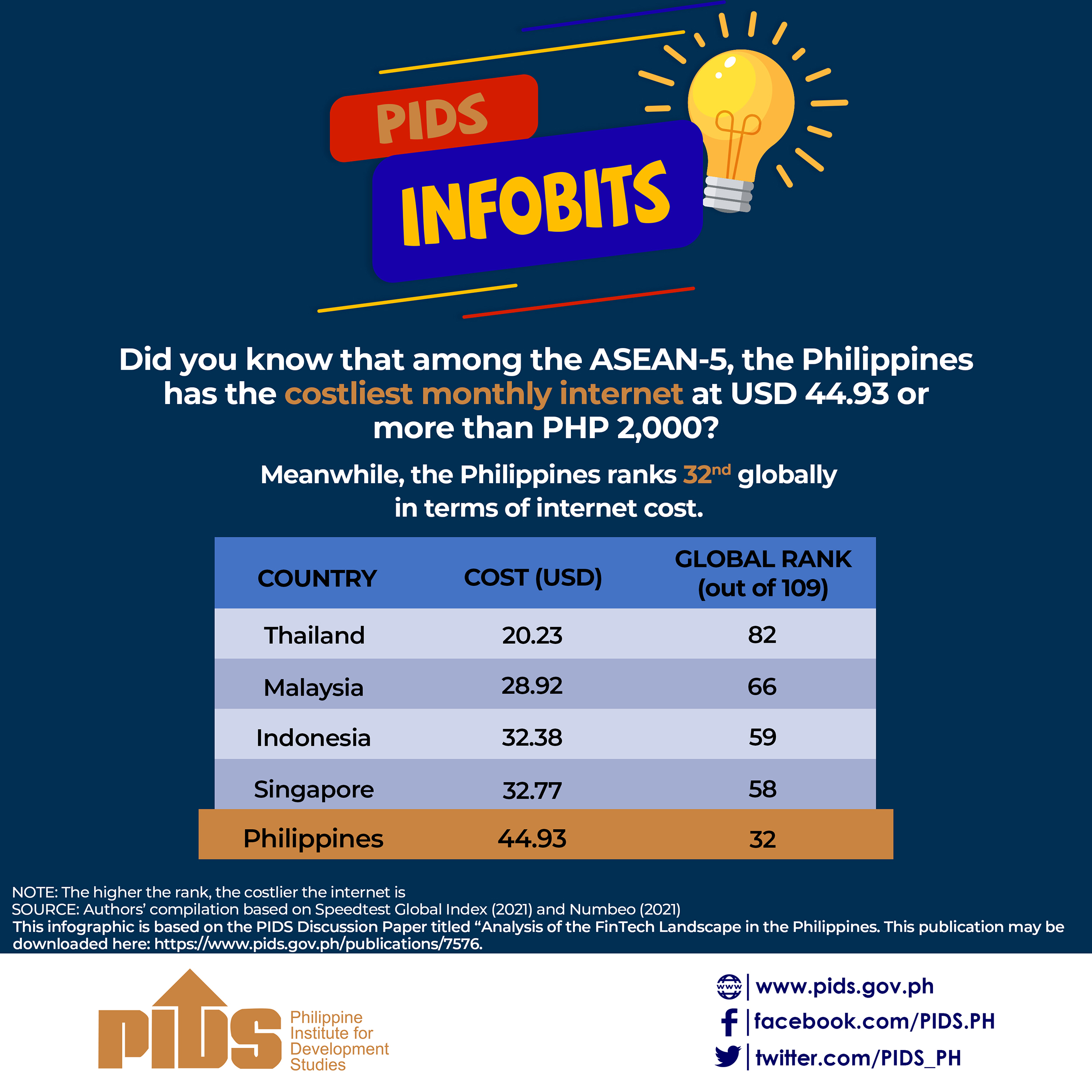Promoting free trade and harnessing innovation -- those are my key takeaways from the recently concluded Asia-Pacific Economic Cooperation (APEC) Summit, but with special emphasis on the role of small and medium enterprises’ (SME) in the global economy.
The APEC SME Summit 2015 showcased a roster of speakers who are founders and chief executive officers (CEO) of successful start-ups. With the theme "Innovation and Big Ideas: Pushing Boundaries,” the conference featured inspiring stories as well as innovation insights and experiences from entrepreneurs.
SMEs need to innovate to compete in the regional market especially with the impending ASEAN Economic Integration. With 99 percent of the businesses in the country classified as micro, small, and medium enterprises, the public as well as the private sector, as Alibaba founder Jack Ma pointed out, need to help the "small guys.”
But how do we teach business owners to innovate when they are hounded by many issues? SME growth in the country remains muted, if not outright stagnant, as SMEs fare poorly in terms of access to credit, technology, and skills compared with peers in other Association of Southeast Asian Nations (ASEAN) member states based on a recent study of the Philippine Institute for Development Studies.
In my dealings with businessmen, advising start-ups, and teaching graduate business courses to entrepreneurs and professionals, I’ve simplified the concept of innovation into its practical application.
A practical innovation framework I use is that of Keeley et al. called the 10 Types of Innovation, which can help SMEs take a methodical, disciplined approach. The framework is divided into three areas where innovation can happen: configuration, offering, and experience.
Configuration involves all the internal workings in the organization that enable the production of products and services. Under this are four components:
- Profit model -- this is how the company makes money
- Network -- this is how companies build connections to create value
- Structure -- this is the alignment of the company’s talents and resources to deliver greater value
- Process -- this involves superior methods that the company uses
One great example of a company that innovated its configuration is Uber.
One of the speakers in the SME Summit was David Plouffe, a senior executive of Uber, who described how the five-year-old company scaled to service more than 300 cities in the world. Its innovative profit model enables it to earn from private vehicles booking without even owning its own fleet. It was able to do this by connecting an expansive network of private vehicles. Its lean structure focuses on getting feedback from social media to further improve its operations.
The next two types of innovation are under the "offering” group, namely:
- Product performance -- this defines the distinguishing features and functionality of a product
- Product system -- this involves complimentary products and services that enhance the value of a product
An example of innovation in offering is the young, inspiring speaker during the summit, Alok Shetty, the founder of Bhumiputra Architecture, the firm behind several innovative architectural designs of houses that shelter poor people. One of his projects is a slum housing that has bamboo walls, plastic tarpaulin sheets resting on bamboo for roofing, and wooden shuttering sheets for the floor that would cost only Rs. 35,000 for a 100-square-foot house without compromising product performance. His other projects involve reused 40-foot shipping containers transformed into a 250-seat auditorium with aisles, staircase, and screen. All these create a wonderful product system that can be configured, attached, and transformed to enhance the value of each design.
The last four types of innovation are under the "experience” group, such as:
- Service -- this includes support enhancements that surround a firm’s offerings
- Channel -- this includes how offerings are delivered to customers and users
- Brand -- this includes representation of offerings and business
- Customer engagement -- this involves the distinctive interactions the firm fosters
Tony Fernandes, CEO of AirAsia, personifies the innovation in "experience.” He turned around the company by looking at non-traditional marketing campaigns and using social media and merchandising. His company also uses social media channels to directly interact with customers and potential customers and to gain feedback about its products and services. The effective branding has opened doors for negotiations across different regions and channels.
How we use the 10 Types of Innovation framework further is to identify potential shifts in the industry and focus on innovating in areas where competition is weak, if not absent.
Furthering on the AirAsia example, in the past decades, regional carriers focused their innovation initiatives primarily on the "offering” and secondarily on the "experience”; e.g., routes to many countries, amenities, and loyalty programs. Fernandes realized this innovation gap in the no-frills budget airline market and focused on a "configuration” and business model that capitalizes on this opportunity. The rest is history.
SMEs can benefit from innovation initiatives. But they need to demystify the concept of innovation into a practical, methodical, and actionable framework.
Reynaldo C. Lugtu, Jr. is a senior executive in an information and communications technology firm. He also teaches strategy, management, and marketing courses in the MBA Program of the Ramon V. Del Rosario College of Business, De La Salle University.//
reylugtu@gmail.com


